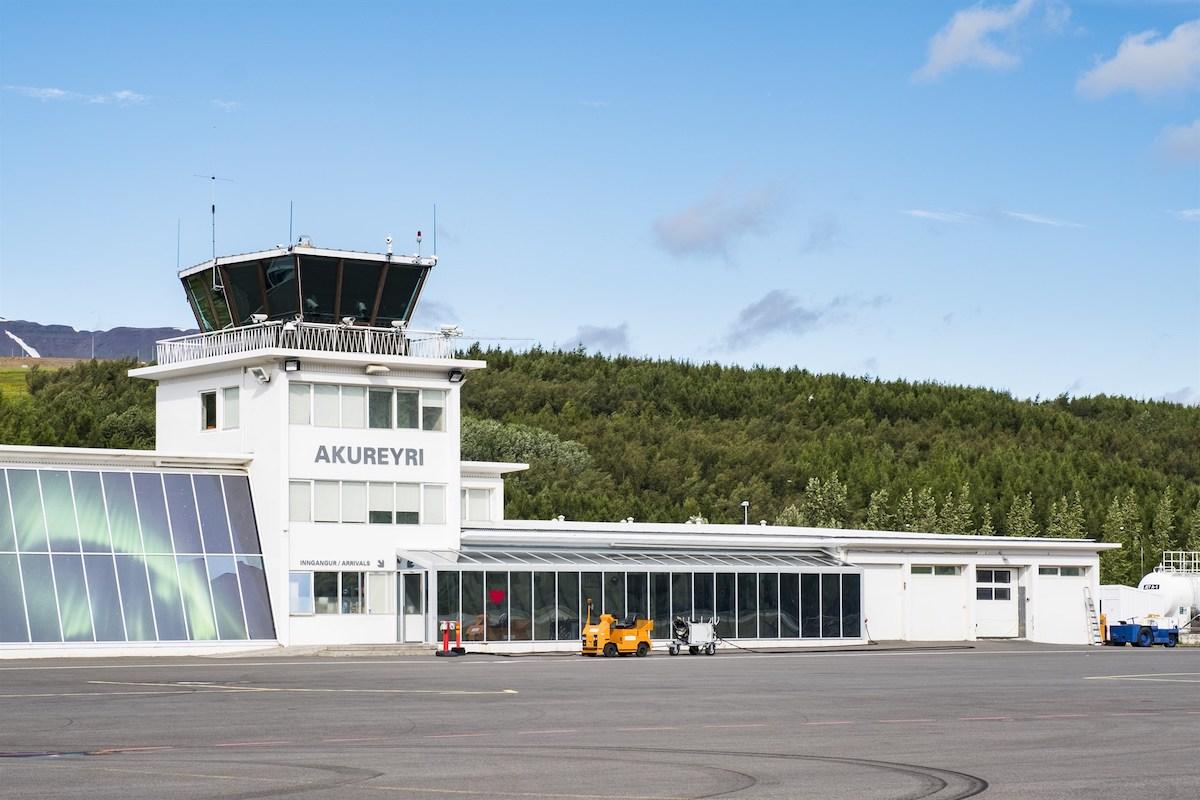Interview: Isavia Regional Airports CEO Outlines International Route Ambitions

How is Isavia's project to attract international airlines to fly directly to the regional airports of Akureyri (AEY) and Egilsstadir (EGS) going?
This is a three-year project and we are in the first phase of contacting airlines, attending Routes Reconnected or the World Routes 2021 last November. We are showing the possibilities and giving airlines the opportunity to access this other part of Iceland. Basically we are offering access to the Nordic region, the arctic region. In our opinion that part of Iceland is a very interesting destination, a little bit off-the-beaten-track compared to the Iceland's south coast area. In terms of disruption in the aviation business as it is now, it is a business which is changing a lot, we think maybe there is an opportunity for this part of the country.
Is this idea also related to the pandemic, where people prefer to avoid changing aircraft at hubs?
The coronavirus situation was in addition to this. And we know the tourists are changing their ideas about world traveling with less complications and easier access. We are very satisfied with phase one. What we try to do at the Routes conferences, just to show the possibilities of the destination, to introduce the financial incentives which Iceland's government are putting into this with the new development fund, as well as Isavia also offering discounts on the landing and passenger charges. Iceland is a very good market. The results of the Keflavik hub shows there is an interest in this country. Between 80% and 90% of all the tourists which have visited Iceland say they want to visit the country again. There is a huge return-customer base. And we want give tourists more possibilities with easier access.
How many international flights would you like to see in AEY and EGS?
The idea is four or five flights per week, from either the European continent or the UK. The market thats have been proven at Keflavik are Germany and the UK. Transavia from Holland have offered flights to AEY, they are offering winter packages and continue to operate in the summer as well. You will save a lot of time with direct flights and I like to see results next summer. Most of the airlines are planning for 2022/23 or the summer 2023. Summer 2023 is the time when the new terminal in AEY will be open. (The terminal extension is a 1,100 square meter extension to the airport terminal). I would be very happy to see some indication in the next seven to eight months regarding the coming winter or following summer season.
Does Iceland itself need more airports? Or maybe it has too many?
Isavia is running 12 airports in Iceland with schedule services and almost 40 landing strips for general aviation. The airports that we have are located out of necessity. In 1996, we were running 36 airports with scheduled flights. Due to improvements in building roads and tunnels, we don't need new airports. We are fully serviceable as it is. The aim of the government is for all Icelanders to be able to reach the capital Reykjavik in 2.5 hours. The next big project for Isavia is in Akureyri, where we are building an annex to the terminal, mainly for the increased interest from AEY in international flights. We also have a lot of outbound charter flights and it is also meant to service that.
How has the pandemic affected domestic air travel?
Traffic within Iceland went down 53% We had to keep all the airports in operation. In a normal year, close to a million passengers travel within Iceland by plane (in a country of 375,000 inhabitants). The major routes are from Reykjavik (RKV) to Akurery, then followed by Egilsstadir and Isafjordur (IFJ), the next will be Husavik (HZK), and the smaller airports in the Westfjordes. We don't have any flights from the hub Keflavik to domestic destinations. It still takes four hours to drive from Reykjavik to Akureyri and up to eight hours from the capital to Egilstatdir, so flying is always an option.
We have been keeping our number of employees very stable throughout the pandemic, also because we had to keep the airport in operation no matter what.
How challenging is it to run airports in Iceland? Does the weather cause the biggest issue?
Well, the weather is a challenge of course. But the challenge is mainly the financing of the airports. They are majority financed by the government—75% of our income is funded by the transport ministry. It is expensive to run an airport: you need the equipment, good maintenance etc. That's why we try also to increase the number of passengers. The airports are the main infrastructure for the nation, like roads or railways.
Given that Isavia has experience running airports in Northern Europe, do you share your expertise with other airport operators?
We are in cooperation with other Nordic airports and before the global pandemic we had our annual meeting where we exchanged good stories about good practices, and we learned a lot from each other—the airports of Swedavia, Finnavia and the Faroe Islands. There was a very interesting discussion between the airport managers as to how to handle different kinds of situations. The last time we met was in September 2019 in Reykjavik. A total of around 15 airports participated, also including some from Denmark and Norway. I hope we can meet again in the future.
